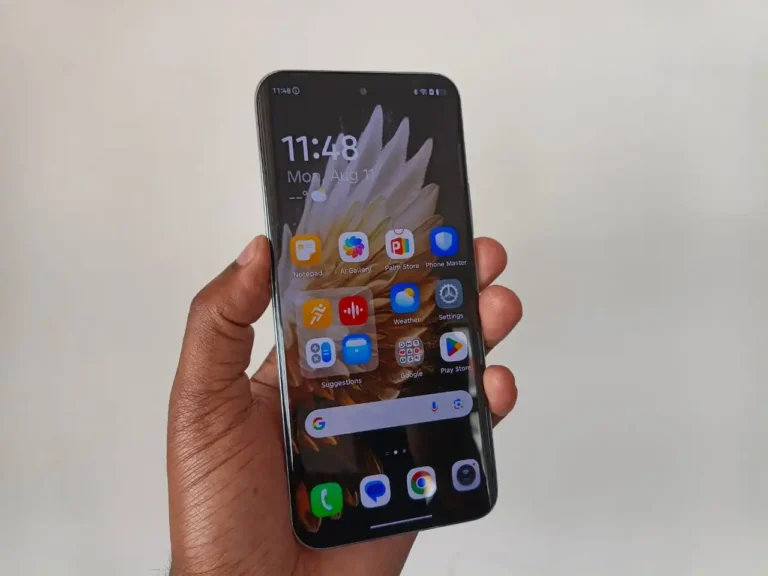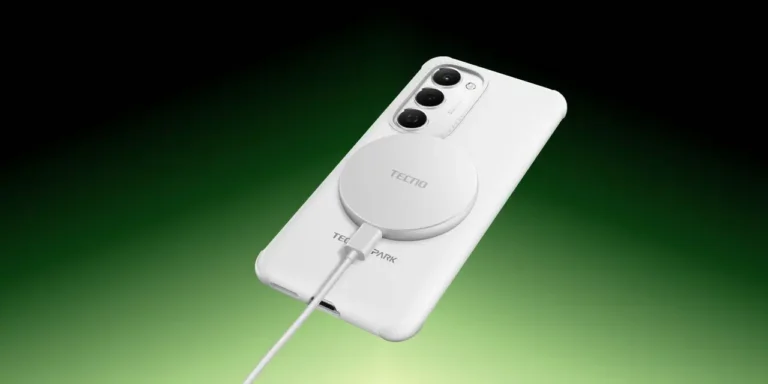With the whole world continuously banking on an even strong digital infrastructure, Pakistan goes ahead to leap ahead in line to connect into a whole new undersea internet cable system, a transformative development promised to strengthen, speed and reliability in connectivity of internet services to millions more, and getting the country one step closer to joining the league of digitally interconnected nations.
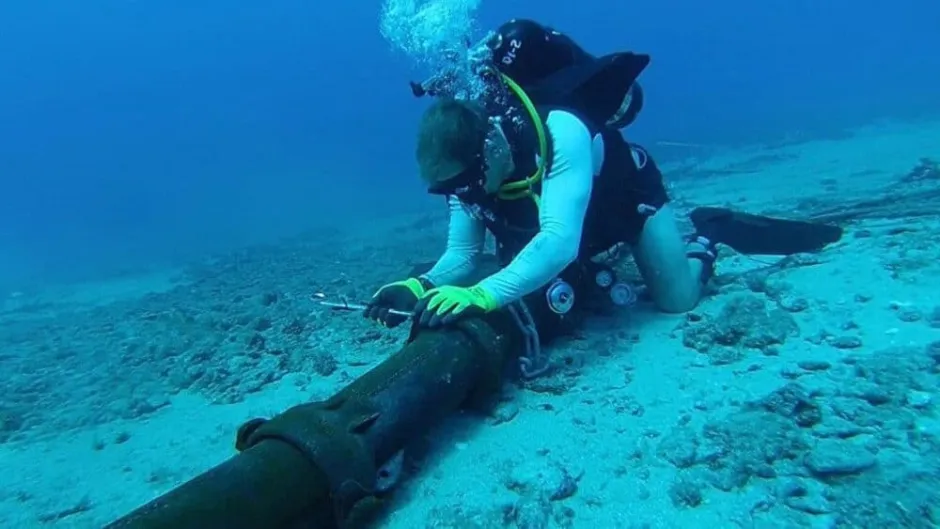
Here is a deep dive into what this undersea cable system entails and its potential impact on Pakistan’s economic and digital landscape.
What Is an Undersea Internet Cable System?
Undersea internet cables, popularly called submarine cables, are at the heart of internet connectivity in the world. They have fiber-optic cables strewn on the ocean floor that carry enormous amounts of data at light speed. Such submarine cables carry over 95 percent of international data and are therefore irreplaceable for smooth communication in the world.
This is an undersea cable system, and Pakistan is going to connect itself with a larger international data system network of the world. This would bring much better digital infrastructure in the country by adding alternative routes and an increase in redundancy besides catering to the added demand for faster and better internet services.
Main Benefits for Pakistan
1. Bandwidth Increase
This cable system will bring great growth in the bandwidth of Pakistan. Bandwidth will grow for rising data requirements for online streaming, e-commerce, and work-from-home.
2. More Internet Reliability
Multiple international network connections will eliminate the threat of cable faults or regional outages. Thus, this will definitely assure a reliable and dependable internet experience to its users.
3. Accelerated Internet Speed
A direct connectivity with high capacity networks would accelerate your internet speed; with connectivity it will speed your online game, smoothness in video conferencing and uploading the large-sized file.
4. Economic Growth
This new internet infrastructure would attract foreign direct investment in IT and Telecom sectors: thereby leading to increased job avenues and increase in economic growth.
5. Regional Connectivity Hub
It can be connectivity hub by getting connected to this modern cable system of Pakistan and developing the region as a center for collaboration and digital integration of South Asia.
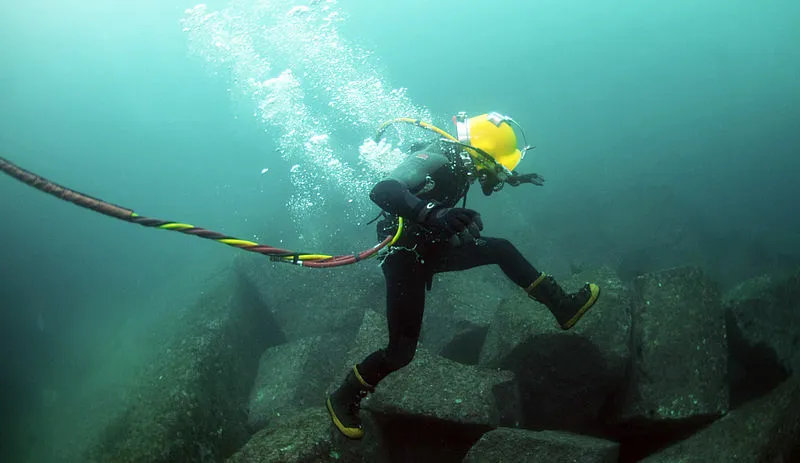
Pre Implementation of New System
1. International Partnering
Pakistan is consulting international companies for the best in class submarine cable technology and telecom technology. Therefore, it is working in co-ordination with the best tech and telecom companies of the world.
2. Developing Landing Stations
This shall include building of landing stations in Karachi and Gwadar coastal cities as principal points to blend smoothly into national infrastructure
3. Local Infrastructure Development
The national telecom companies will be the up-gradation of local networks to ensure the increased capacity and speed to be delivered by the new cable system.
4. Policy and Regulatory Framework
The government aligns regulatory policies with its system implementation and supports addressing the concerns such as cyber-security and data privacy issues.
Challenges in Implementation
1. High Investment Costs:
Laying submarine cables is a capital-intensive process requiring heavy investment in the installation, maintenance, and upgradation of such cable.
2. Geopolitical Issues
Regional disputes or political issues may affect the time scale and implementation of the project.
3. Environmental Impact
Submarine cables are relatively harmless, but laying these cables would create an impact on the marine environment and therefore should be equipped with some eco-friendly measures.
The most in-demand high-speed internet and connectivity to the world have never been stronger. The most important submarine cables are those that connect continents and enable the rapid data exchange needed for this type of demand. This kind of infrastructure reflects Pakistan’s interest in keeping ahead in the digital world through its participation.
Joining the new undersea cable system not only benefits Pakistan but also strengthens its contribution to global data networks. This move aligns with international efforts to create a more interconnected and resilient internet infrastructure.
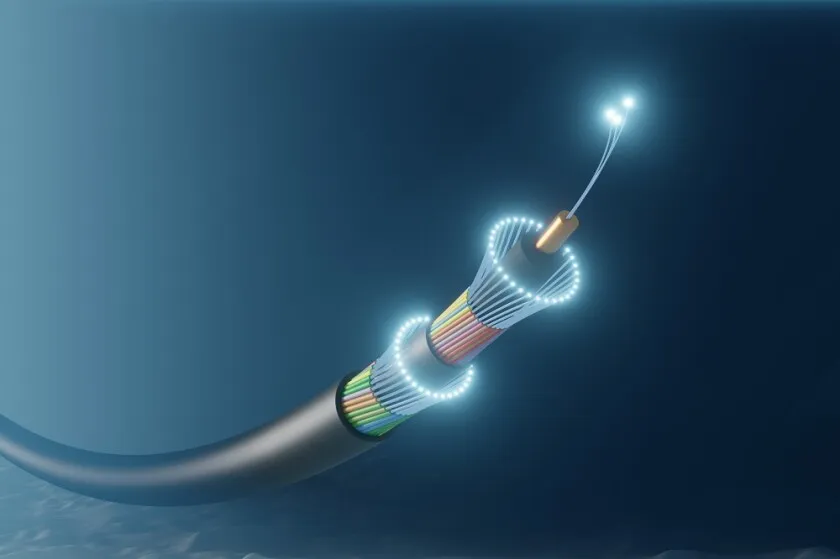
FAQs About the New Undersea Cable System
1. What is the purpose of an undersea internet cable system?
International data from one continent will be connected with submarine cables. Hence, it will be used to provide high-speed communication in the world.
2. What benefit this system will bring to Pakistan?
High speed, reliability, and increased bandwidth will increase the country’s economic opportunity as well as its digital growth.
3. Where will the cables land in Pakistan?
Planned key landing points include coastal cities Karachi and Gwadar.
4. By when will the project complete?
No date is cast in stone, but significant progress means the system will be running within a few years at least.
5. Are undersea cables at risk?
There are indeed risks – including installation costs, geopolitical issues, and environmental concerns – that are being managed through proper planning and partnerships.
This new undersea internet cable system is the new game-changing leap into the digital future of Pakistan, as improved connectivity, economic growth, and positioning the country as a regional leader in digital infrastructure are just some of its aspects that bring out Pakistan’s firm commitment to embracing the world of digital change.
As the nation prepares for such a transition, it will feel all these impacts across all sectors, communities, and boundaries to come into a more connected, prosperous future.

